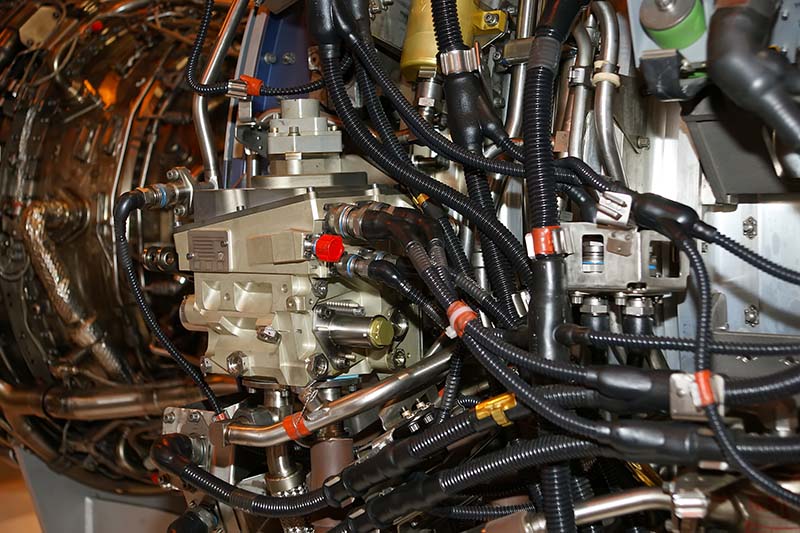
By Stephen Borgna
Marketing Communications Specialist
All-electric systems and powertrains have the potential to revolutionize military vehicles and commercial aircraft in the future. However, despite their potential for increased efficiency, enhanced operational capabilities, and simplified logistics, I don’t see them as feasible yet on a mass scale unlike current hybrid-electric systems. The mass-deployment of full-electric systems throughout various industries is currently held back due to the limitations of battery technology, power management, and infrastructure, which must be overcome before all-electric systems can be widely adopted.
The Possibilities of Full-Electric Power
The potential benefits of all-electric systems are substantial.
For military applications, an all-electric system could bring increased operational flexibility due to the increased range and power outputs offered by an all-electric engine, reduced logistical footprints due to no longer needing to refuel (although charging will still be required), and the ability to harness advanced power management systems to optimize energy use.
Electrically powered vehicles and aircraft could also operate with lower acoustic and thermal signatures that bring tactical advantages in stealth and survivability, which would be of particular benefit to warfighters. The modularity of electric systems could also simplify maintenance and reduce the need for complex mechanical components, which are often prone to failure in harsh environments.
In commercial air, all-electric aircraft could redefine short-haul travel by offering lower operating costs and reduced reliance on complex turbine engines. The potential for all-electric propulsion systems to provide instant torque and more precise power control could enhance aircraft performance during critical phases of flight like takeoff and landing. All-electric systems have substantial potential for the future, but significant technical hurdles must be cleared before they can be realized on a broad scale.
Battery Technology Challenges Remain
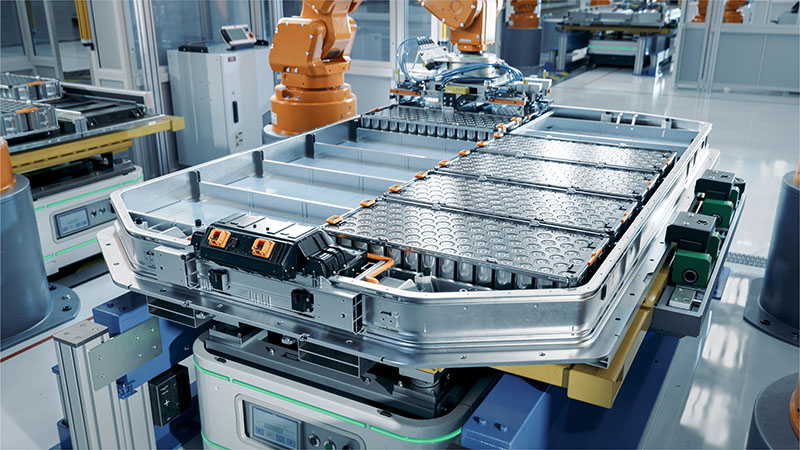
The biggest challenge in achieving mass-scale adoption of all-electric systems that I see is the current state of battery technology. While smaller passenger vehicles have taken off in recent years, the energy density of today’s batteries still isn’t sufficient enough for long-range military missions or extended commercial flights using much larger and more powerful systems. Batteries with higher energy densities are required to store the vast amounts of power needed without adding prohibitive weight to vehicles and aircraft. Additionally, the charging infrastructure required to support large fleets of electric vehicles and aircraft is still in its infancy, particularly in remote or contested environments where military operations often occur.
Thermal management is another major obstacle. High-power electric systems generate significant heat, and effective cooling solutions are necessary to maintain operational safety and efficiency. In compact, high-performance systems like aircraft or armored vehicles, integrating these cooling systems without compromising performance is a complex issue to tackle.
The reliability of all-electric systems is also an area that still needs to be improved. Military applications, in particular, demand systems that can withstand extreme conditions and continue to operate flawlessly. Achieving the necessary levels of reliability for electric powertrains, which may need to function in environments ranging from arctic cold to desert heat, requires further development.
Current All-Electric Applications

Despite these challenges, there are plenty of ongoing efforts aimed at implementing all-electric technology, and there are several platforms we could see become operational in the near future. For example, while the U.S. Military may not have all-electric combat or field vehicles in place for a while, they are currently focused on electrifying their fleets of non-tactical vehicles for use on bases and other installations. The Department of Defense has ongoing plans to acquire thousands of non-tactical EVs each year, with the goal to have an all-electric non-tactical fleet in place by 2035.
In commercial air, multiple companies are developing electric regional aircraft designed for short-haul routes, particularly electric vertical takeoff and landing (eVTOL) aircraft that are slated to begin flying around cities sometime this decade.
Though progress is promising, I believe it will take time to bring all-electric systems to scale.
Interconnect Systems for Current and Future Electrification Technologies
Amphenol Aerospace High Power and High Voltage Connectors and Contacts are designed to optimize and retrofit current systems for today’s electrification technologies while future-proofing your systems for an all-electric future. Amphenol offers a host of power and voltage solutions, including:
High Power Connectors
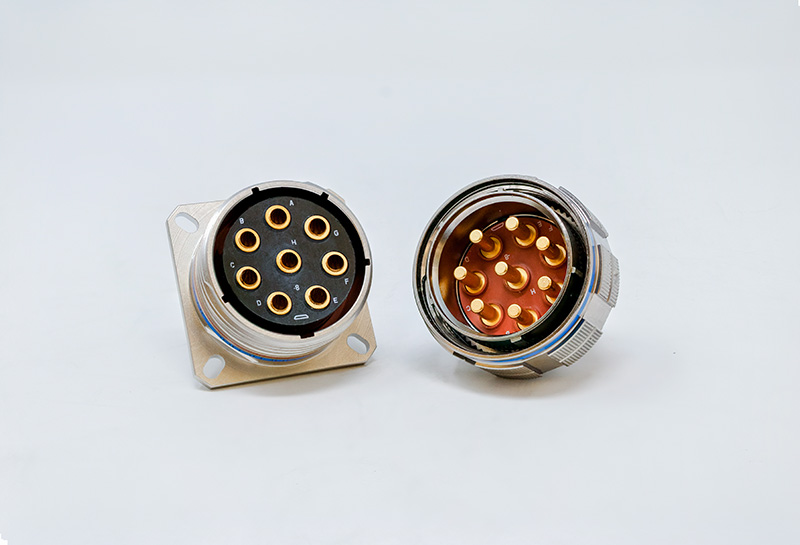
Amphenol’s High Power 38999 and 5015 Series connectors are optimized for applications requiring high current capacity. High Power 38999 connectors can handle currents up to 1000 amps, making them suitable for power distribution in demanding aerospace and defense environments. The 5015 Series connectors push the envelope further, supporting up to 1200 amps. Both series offer rugged designs that ensure durability and reliability in high-vibration and harsh environments.
High Voltage Connectors
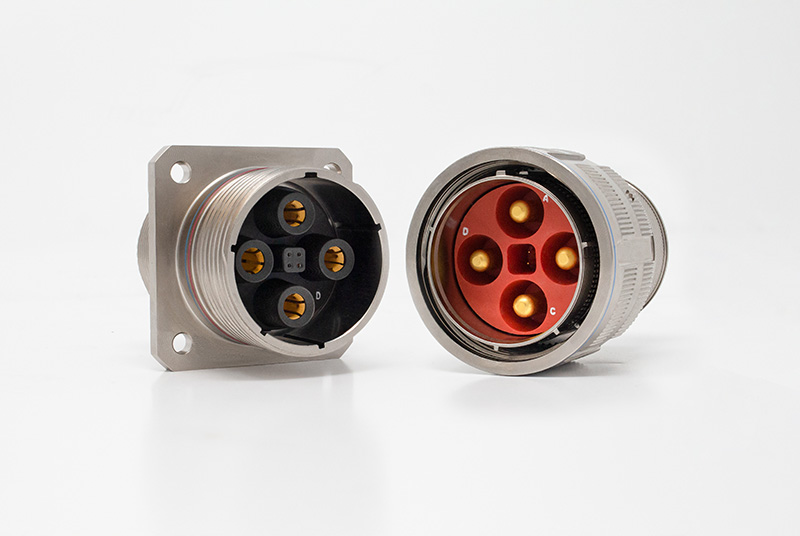
For high voltage applications, Amphenol offers connectors designed to safely transmit voltages up to 1500V DC. High Voltage 38999 connectors are an extension of the MIL-DTL-38999 series, engineered to meet the increasing power needs of next-generation aircraft. As power distribution systems shift toward higher voltages, these connectors are built to handle both high voltage and high current, even at altitude. They are suitable for use in legacy systems as well as cutting-edge platforms like EVTOL aircraft.
High Power and High Voltage Contacts
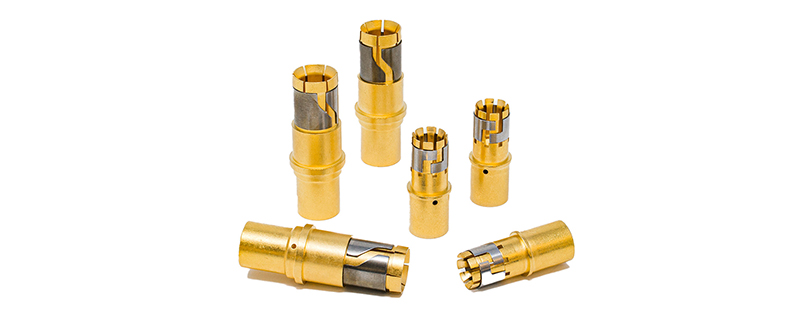
Amphenol Aerospace’s Temper-Grip socket contact series is a high-current technology designed for use in high-temperature applications and is available with most Amphenol connectors.
Amphenol’s high power and high voltage contacts are engineered to provide reliable performance in systems for both high current and high voltage applications. High Power Contacts offer increased current capacity and can endure higher temperatures, all while fitting the same sizes as standard Mil-Spec pin and socket contacts. Our Temper Grip Contacts use a stainless steel ring to keep the beryllium copper tines from losing their tension at elevated temperatures, ensuring consistent contact and reduced resistance. These contacts are rated for 220 amps and can operate at temperatures above 200°C for Size 0. Our RADSOK Socket Contacts, designed with a twisted hyperbolic grid for high-density, reliable connections, are rated for 250°C in Size 0 applications.
Visit Amphenol Aerospace Power Products for more information on our portfolio of high-voltage and high-power connectors and contacts.